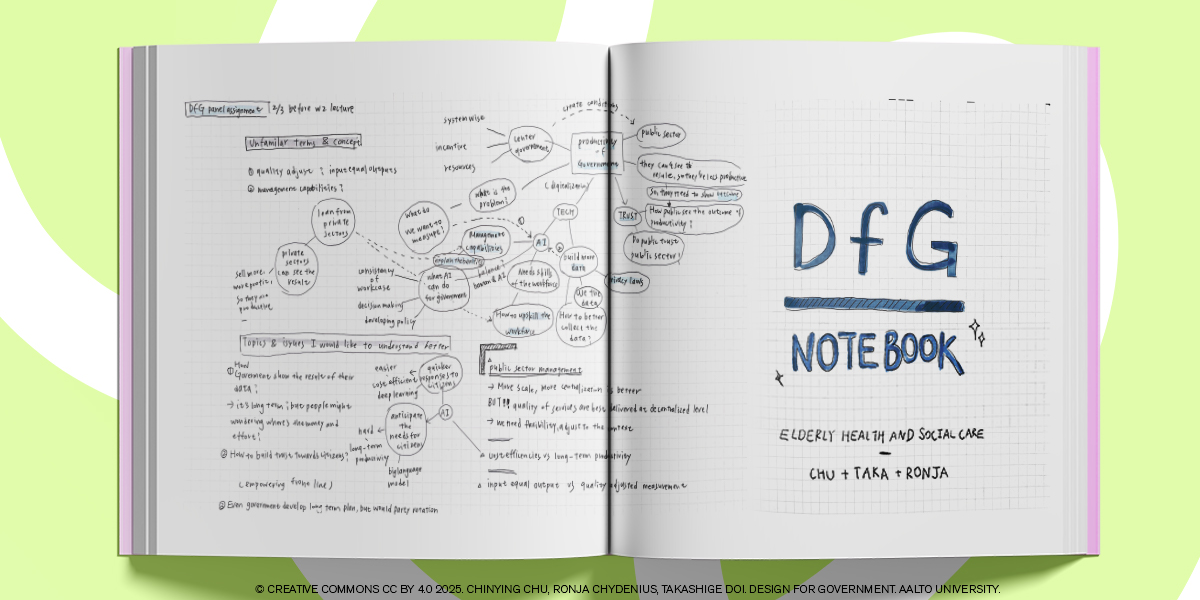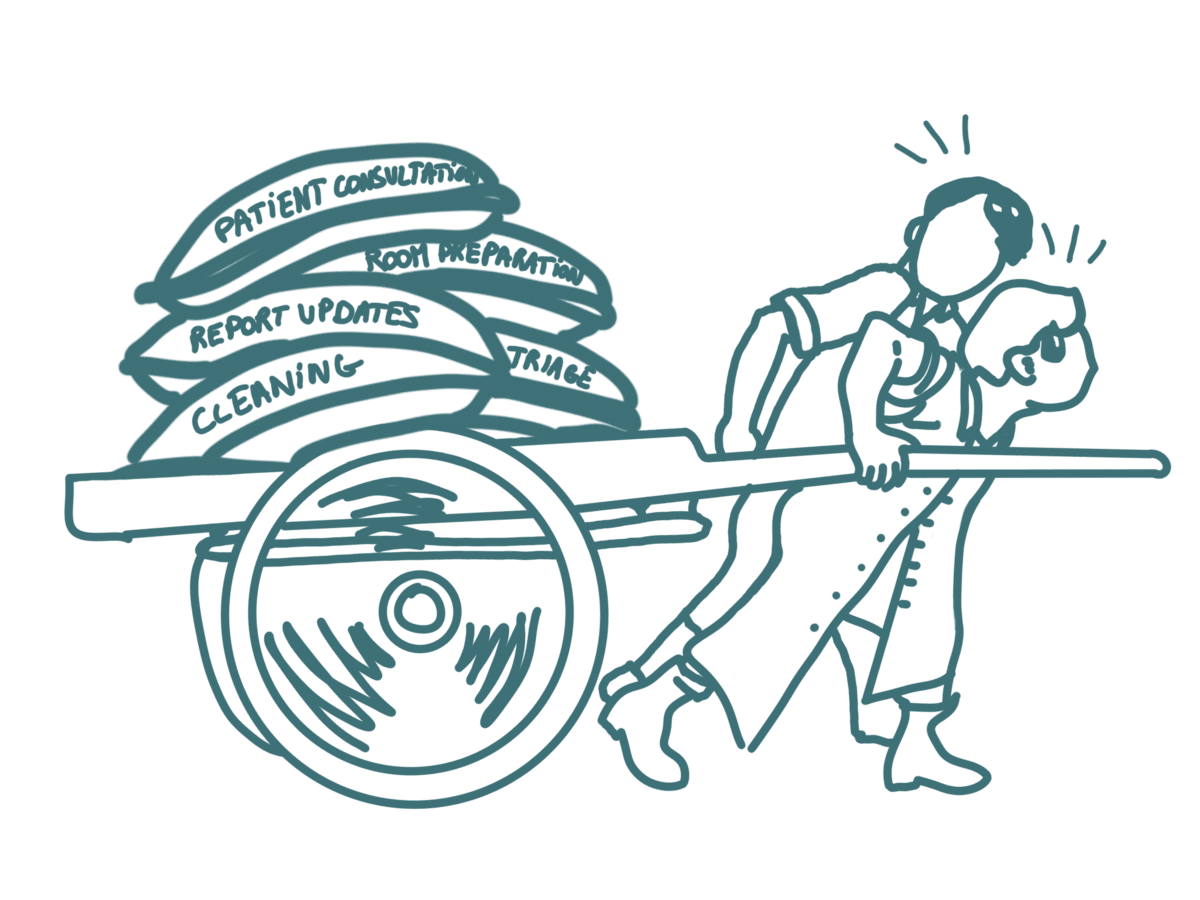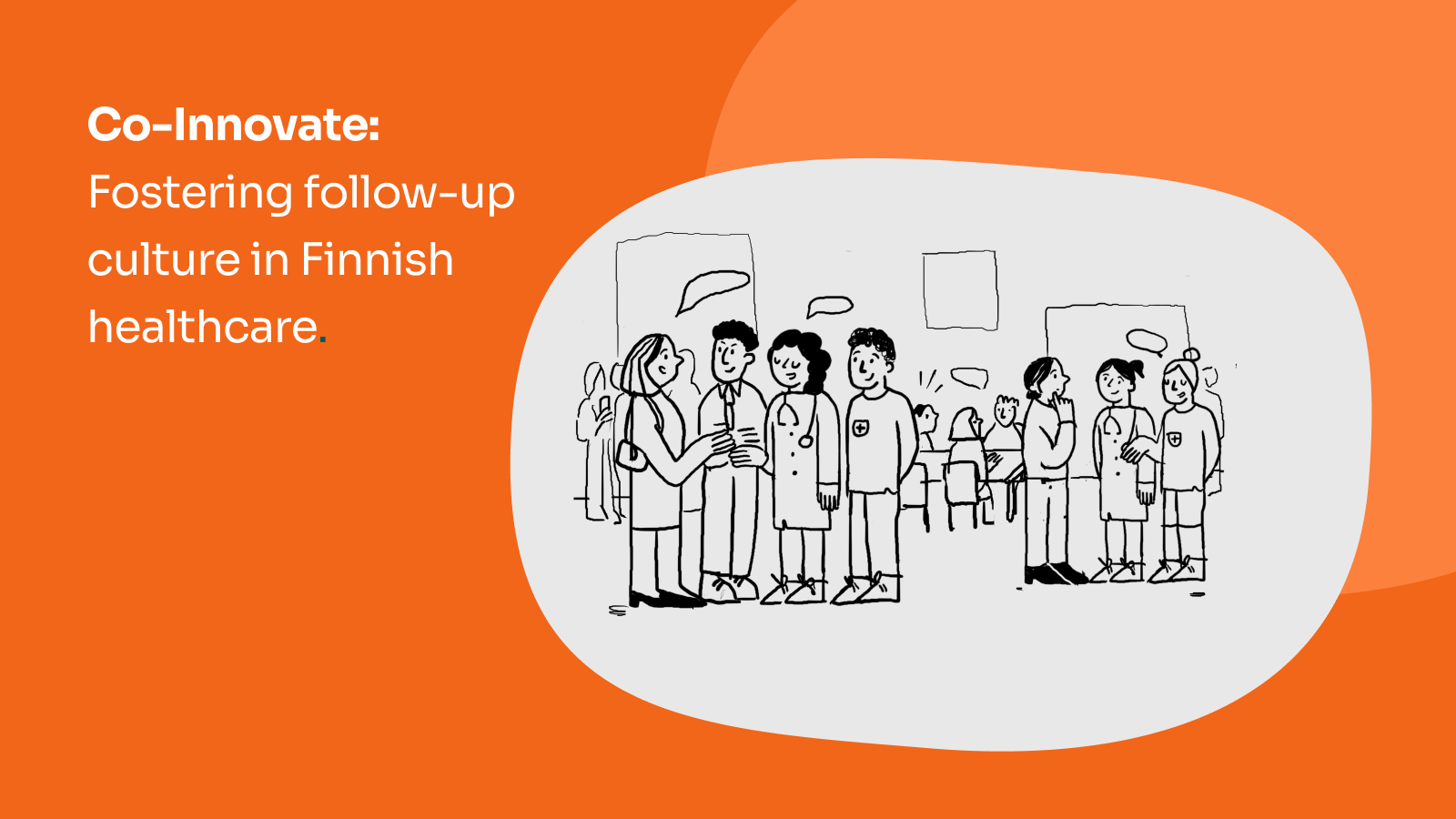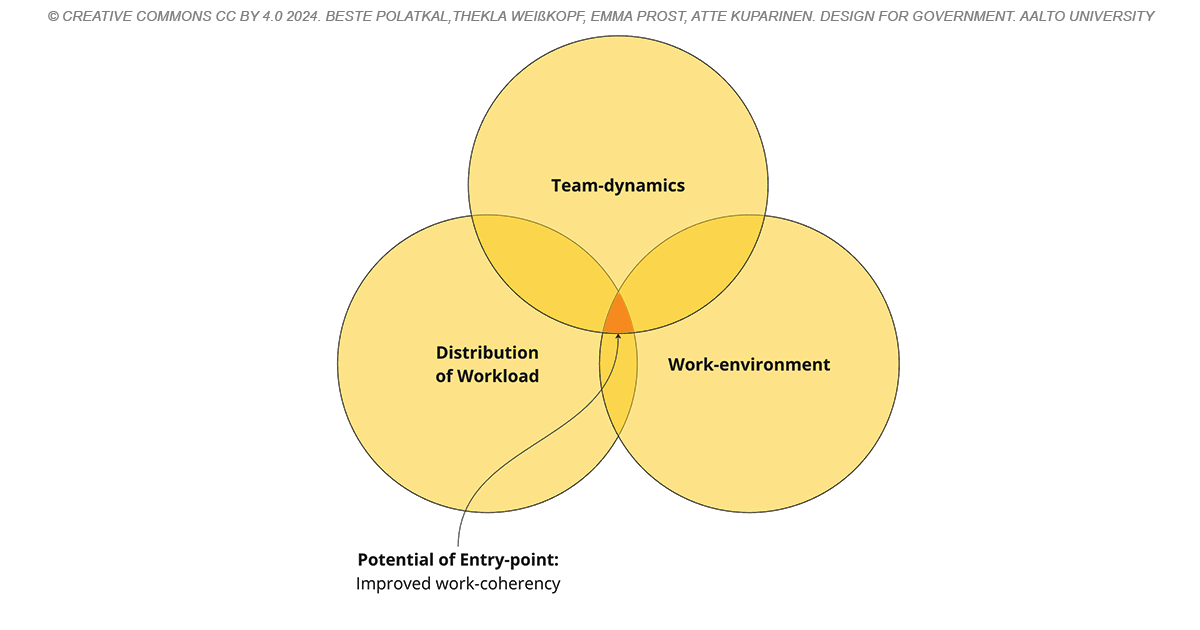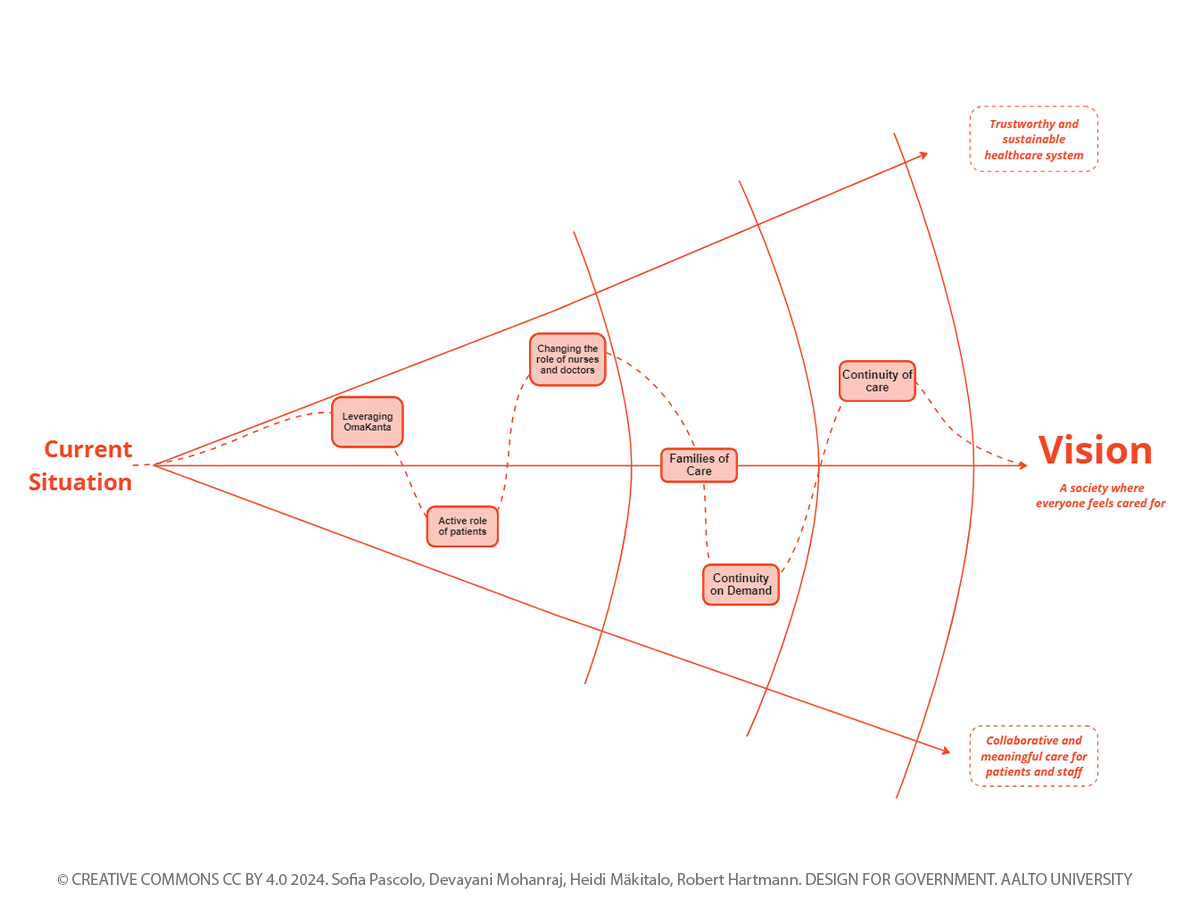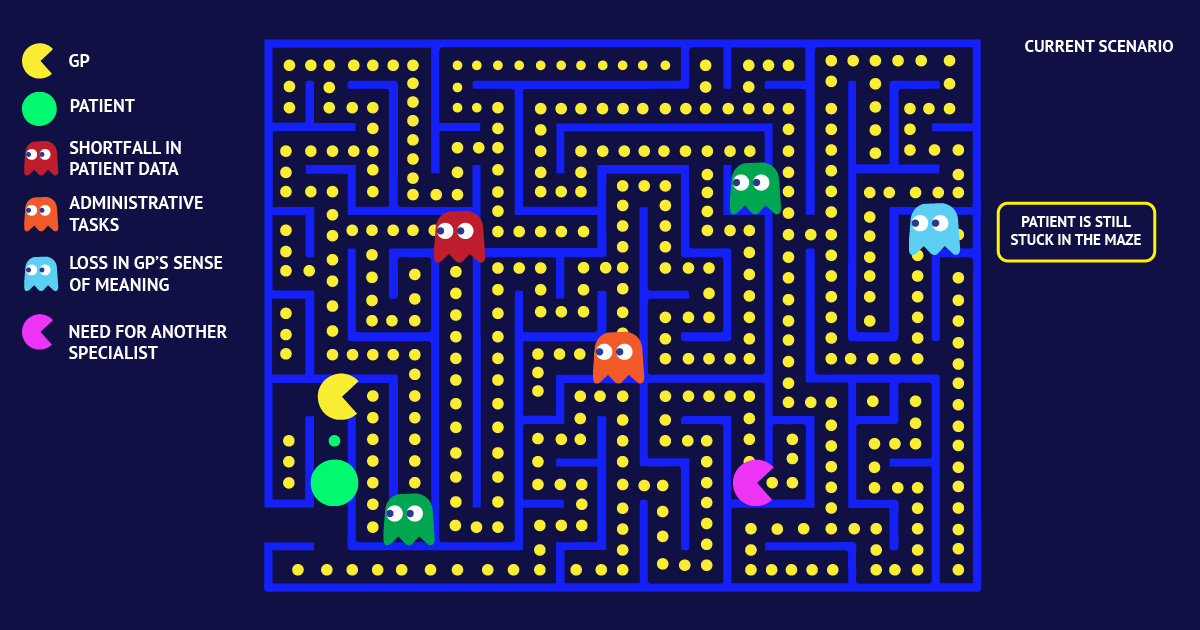The First Page of our Elderly Care Notebook
In our project, we analyze Finland’s elderly health and social care system, mapping key actors, services, and data flows. With the Ministry of Social Affairs and Health and Kela, we investigate how patient information is managed, where gaps exist, and how better information sharing could enhance elderly care.

